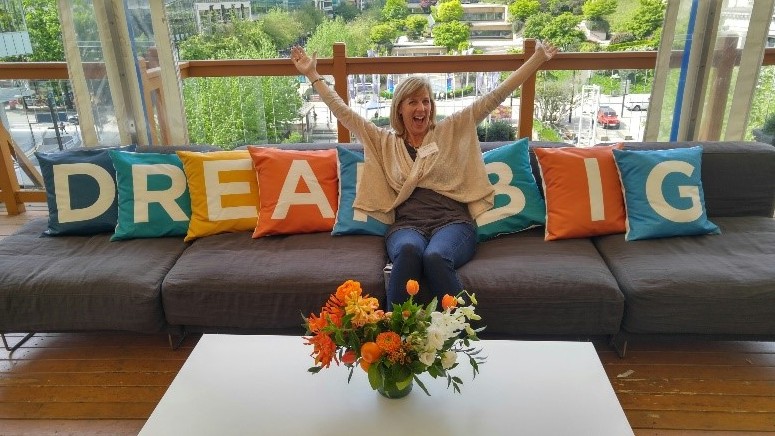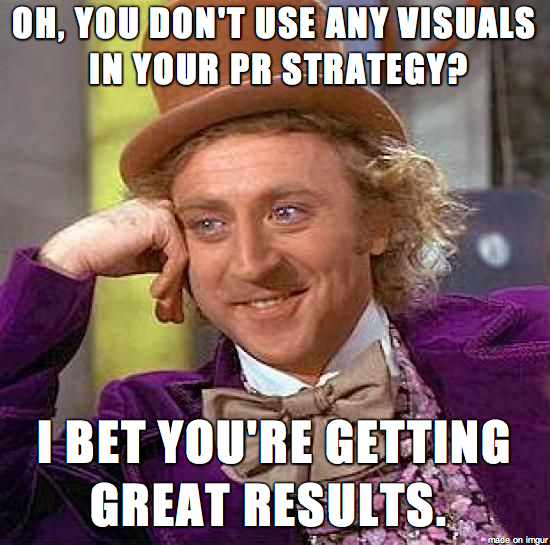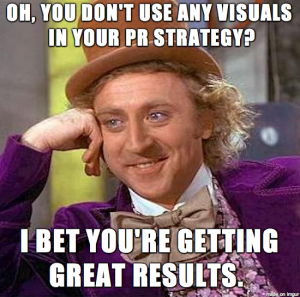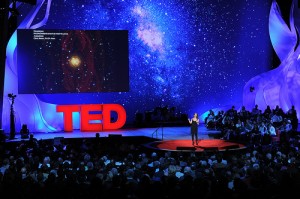By Julie Wright, President
Twitter: @juliewright
What happens when 25 travel media and an equal number of hospitality PR professionals are put in a room together for lunch? First, it gets really loud.
Second, if those 25 travel media are from Vancouver and the travel PR pros are from California (including destination marketing professionals from San Diego and Palm Springs), they’ll quickly find a lot in common.
For example, Vancouver media like sunshine: we have a ready supply! They like active outdoor fun: we make great hiking, surfing and cycling buddies. They’re into fresh, healthy and creative dining washed down with a delicious craft beer: all are abundant in San Diego and California.
A couple weeks ago was National Tourism and Travel Week in the U.S., and I spent Tuesday at a Visit California luncheon at the Vancouver Art Gallery talking with Canadian travel media about our client partner Visit Oceanside.
The format of the event was a progressive luncheon where the media stayed at one of five tables and the hospitality PR representatives rotated to a new table with each course. It was a fast, fun way to make sure everyone got a chance to connect and enjoy quality time.
I have attended similar events in Vancouver and the Bay Area about a year to a year and a half ago. At those events I was representing all of our hospitality PR clients – from Tenaya Lodge at Yosemite and Sequoia and Kings Canyon National Parks to hotel and resort properties in Carlsbad, Del Mar, North Park, the Gaslamp, Coronado and Borrego Springs. Each has unique qualities (natural splendor, historic preservation, beach fun, desert serenity, hipster chic, family escapes, spas, wellness, fantastic dining and stargazing) and I felt such pressure to get each of their stories out and cram all of the information I could into every encounter I had. At the conclusion of those prior events, I felt like I hadn’t really made the connections or created the opportunities that I had set out to build.
With that in mind, I changed my approach for this luncheon. Instead of trying to get my story out, I focused first on the travel writer’s stories. I learned as much as I could in the time available–what do you write about, who do you write for, what drew you to travel writing, what have you written about most recently, what kinds of stories do you like to tell, what do you think of San Diego and California?
And a funny thing happened. I learned enough about each writer and TV producer to know which travel experiences and story angles would resonate with them. I now know who wants to cover skate parks and extreme sports spotlighting Oceanside’s active lifestyle opportunities. I know who wants to pursue the perfect fish taco. I know who might like to drive the Hops Highway (or at least sit shotgun for a North County beer tour). More than that, I also felt like I made some new friends and sincerely hope to welcome these folks to Oceanside over the coming year and share a future meal or drink with them.
All that is left to do now is ask them what time of year they’d like to make the trip, follow up and get it on everyone’s calendar.
At (W)right On Communications, we’re always evaluating and evolving our approach to getting our clients’ stories out. If you have a hospitality story you want promoted, we’ve got the perfect connection. Get in touch and we’ll match your story with the ideal storyteller.





 Pinterest is especially great since a pin can link directly back to a website. If you pin a PDF of your fresh press release and put some compelling preview text in the description, your audience will not only want to read that particular release, they’ll be taken to your news room, blog, etc. and likely read many more. And check out your team. And explore your website.
Pinterest is especially great since a pin can link directly back to a website. If you pin a PDF of your fresh press release and put some compelling preview text in the description, your audience will not only want to read that particular release, they’ll be taken to your news room, blog, etc. and likely read many more. And check out your team. And explore your website. Instagram isn’t to be forgotten, though. Although it lacks the referral power Pinterest has (at least for now), it’s a great vehicle for furthering community relations efforts or raising awareness of your brand offerings.
Instagram isn’t to be forgotten, though. Although it lacks the referral power Pinterest has (at least for now), it’s a great vehicle for furthering community relations efforts or raising awareness of your brand offerings. into play.
into play.





 Grant Wright
Grant Wright





 Corie Fiebiger
Corie Fiebiger
 Shae Geary
Shae Geary Roman Lukjanenko
Roman Lukjanenko Phelan Riessen
Phelan Riessen Katrina Early
Katrina Early Hamish Marshall
Hamish Marshall